Fused Deposition Modeling Printing (FDM)

FDM Printing (Via Pikist)
Let's get started with FDM 3D Printing!
In an FDM printer, a thermoplastic filament is loaded into the printer. Once the printer reaches a certain temperature, the material goes through the printer’s extrusion head, where it is melted and processed. The filament is deposited layer by layer before it cools and solidifies in place.
Though printing with an FDM printer does come with a few issues such as warping, low dimensional accuracy, and low-resolution printing.
Warping occurs after newly deposited layers shrink after cooling. When this happens, dimensions of printed materials’ are decreased, resulting in the layer underneath it being pulled upwards. Due to its low dimensional accuracy and low resolution, detailed, intricate models can't typically be printed with an FDM printer.
Click here to learn more about the differences between resin 3D printing and FDM 3D printing.
Stereolithography Printing (SLA)

SLA Printing (Via Wikimedia Commons)
Now, let's move on to SLA 3D printing.
SLA 3D printers print with precision by using a high-powered laser in which liquid resin is hardened to form a solid 3D model. The photosensitive liquid is converted into solid plastic as it prints layer by layer. These printers print models upside down as its lasers are pointed to its building plate.
Some common issues with SLA printing include long printing times, brittle prints, and limited color choices. It is also costly in comparison to other 3D printers on the market and it isn’t suitable for creating functional prototypes.
To learn more about the differences between SLA, DLP, and LCD 3D printing, click here.
Digital Light Processing Printing (DLP)

DLP printing is a close relative of SLA printing as it has a similar technique but instead of a laser, it uses a digital projector screen to flash across an entire platform at once. This means that some parts of the model will be printed faster while others may take a while, depending on how much light exposure is received from the printer’s digital projector.
Some common issues with DLP printing include brittle or warped 3D prints, creating models with a rippled outer surface, or having its fine details filled in.
Liquid Crystal Display Printing (LCD)

Last but not least, let's talk about LCD 3D printing.
LCD 3D printers use a wide array of UV LCDs as a source of light. These UV LCDs are on an LCD panel and shine directly onto the printer’s build area, flashing an entire layer at once, meaning that an LCD printer’s print quality depends on its LCD density.
Interested in resin 3D printing? Here's everything you need to know!
Phrozen LCD 3D Printers

Now let’s discuss Phrozen LCD 3D Printers! What’s so special about our resin 3D printers? What makes us different?
At Phrozen, we have a wide range of LCD 3D printers designed specifically for your needs. Phrozen’s LCD 3D printers are consumer-friendly, easy to use, and are suitable for hobbyists, jewelry 3D printing, and dental 3D printing.

Phrozen's ParaLED technology
Our 3D printers use ParaLED technology which consists of an array of LED bulbs that project light through a layer of LCD in a parallel manner to ensure that each resin layer receives an equal amount of UV lighting during the printing process.
We have patented and developed our own ParaLED technology and have since upgraded to a new 2.0 version to improve print quality and efficiency of 3D printed models produced by our latest printers.
To learn more about the different 3D printing applications, please click here.


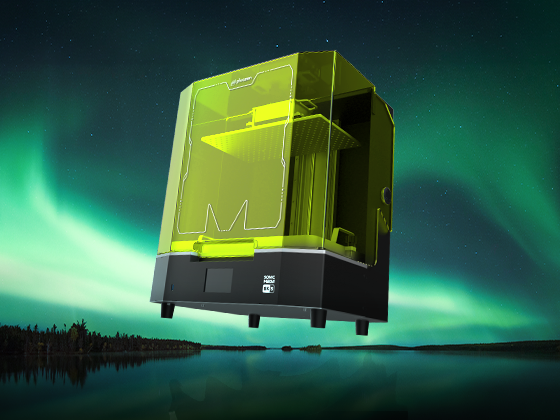
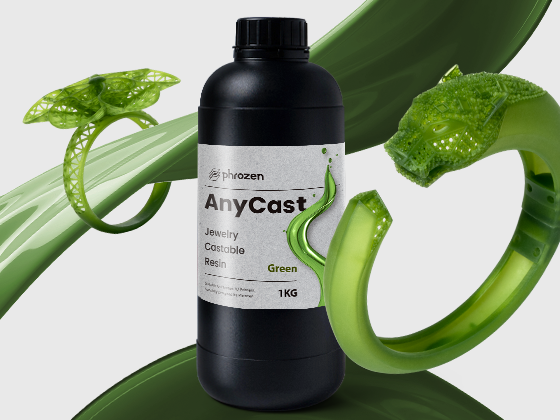
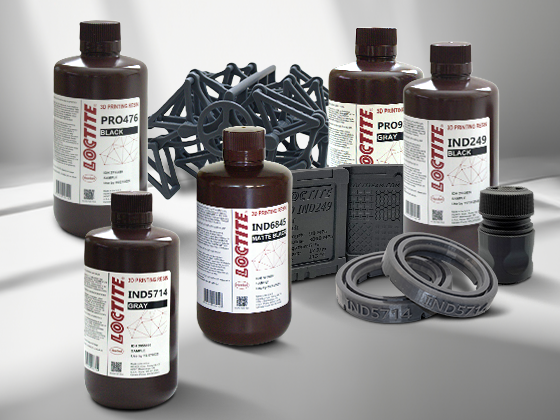
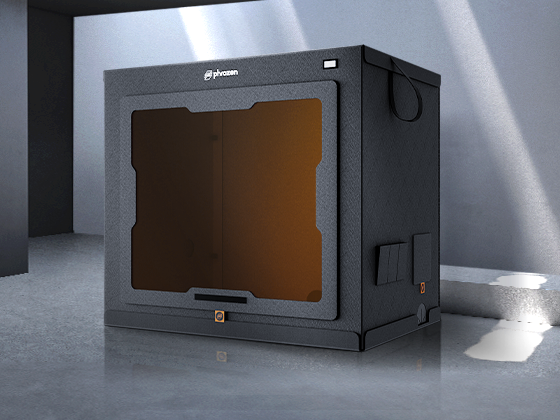
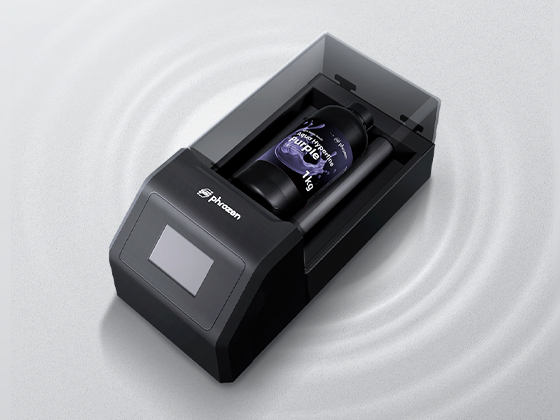
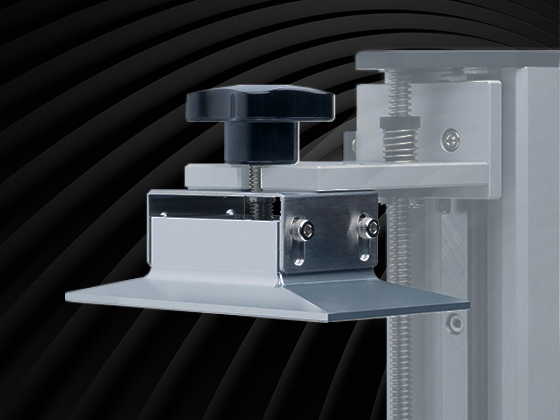
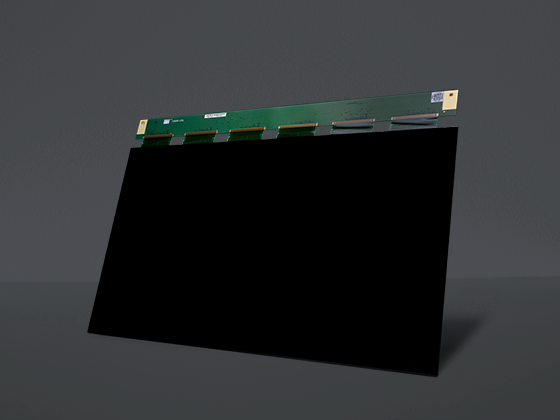
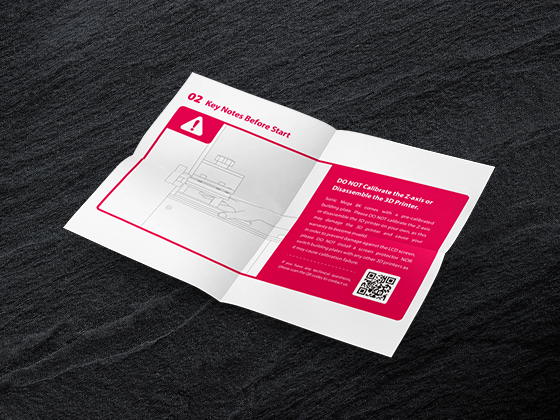
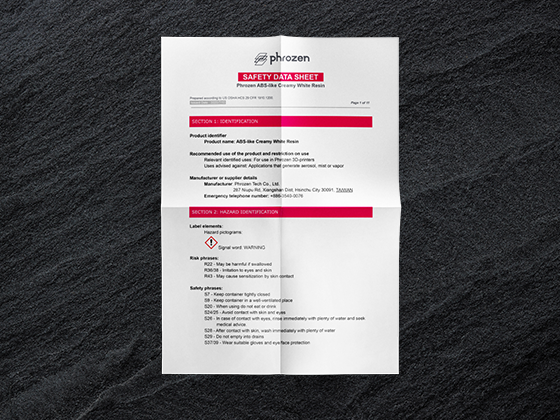
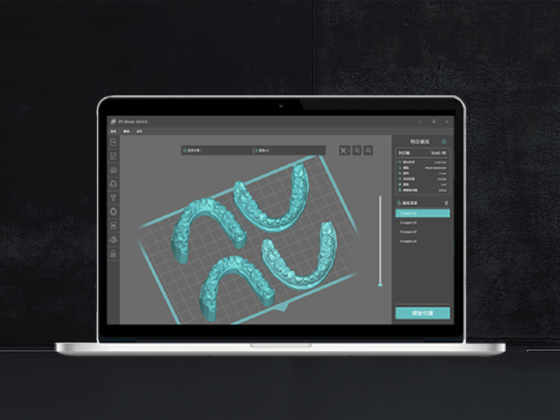
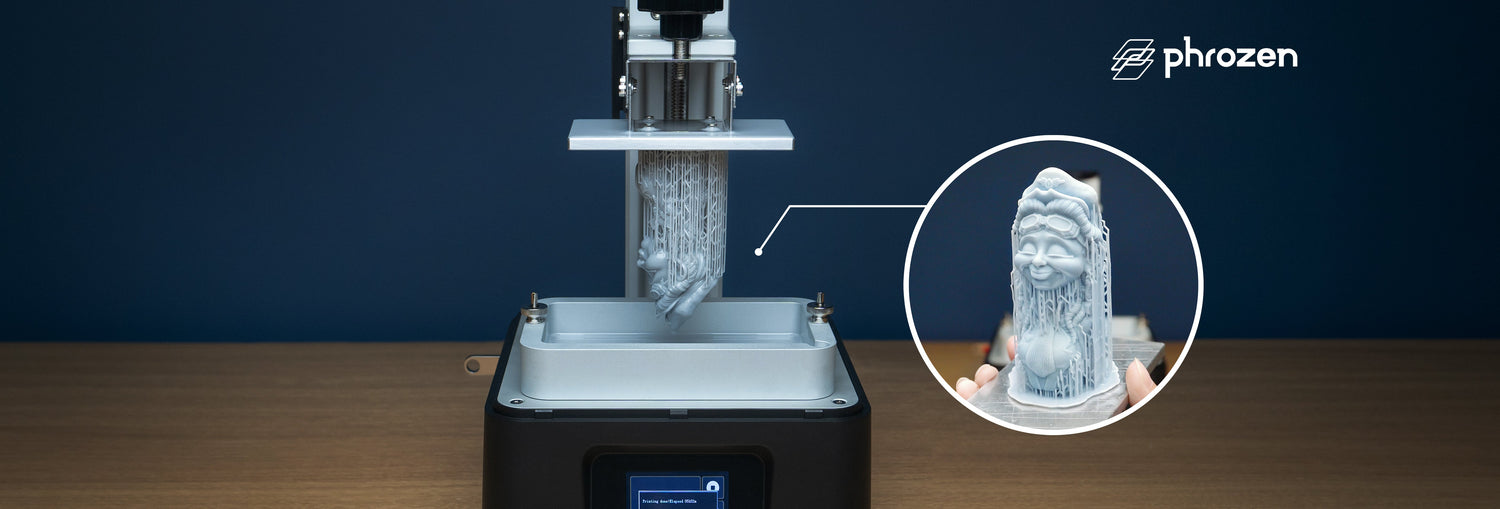
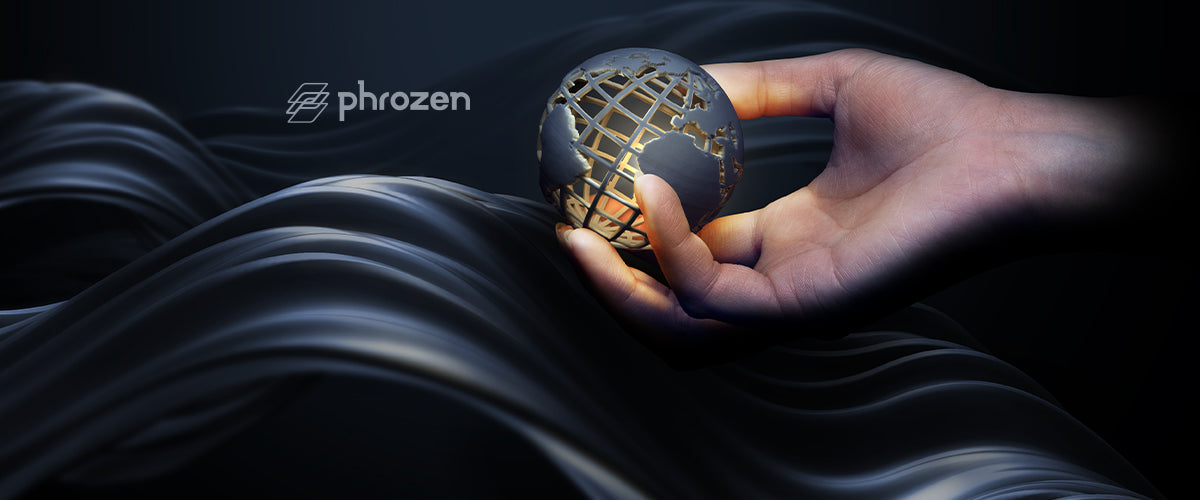
1 comment
JORGE ARTURO DIAZ MONTES
estoy muy interesado en la tecnologia de phrozen
———
Phrozen Technology replied:
Hi Jorge, Thank you for your kind words.. For more information regarding our newest technology, please feel free to follow our Facebook page: https://www.facebook.com/Phrozen3D
Cheers, Phrozen Team
>
estoy muy interesado en la tecnologia de phrozen
———
Phrozen Technology replied:
Hi Jorge, Thank you for your kind words.. For more information regarding our newest technology, please feel free to follow our Facebook page: https://www.facebook.com/Phrozen3D
Cheers, Phrozen Team
>